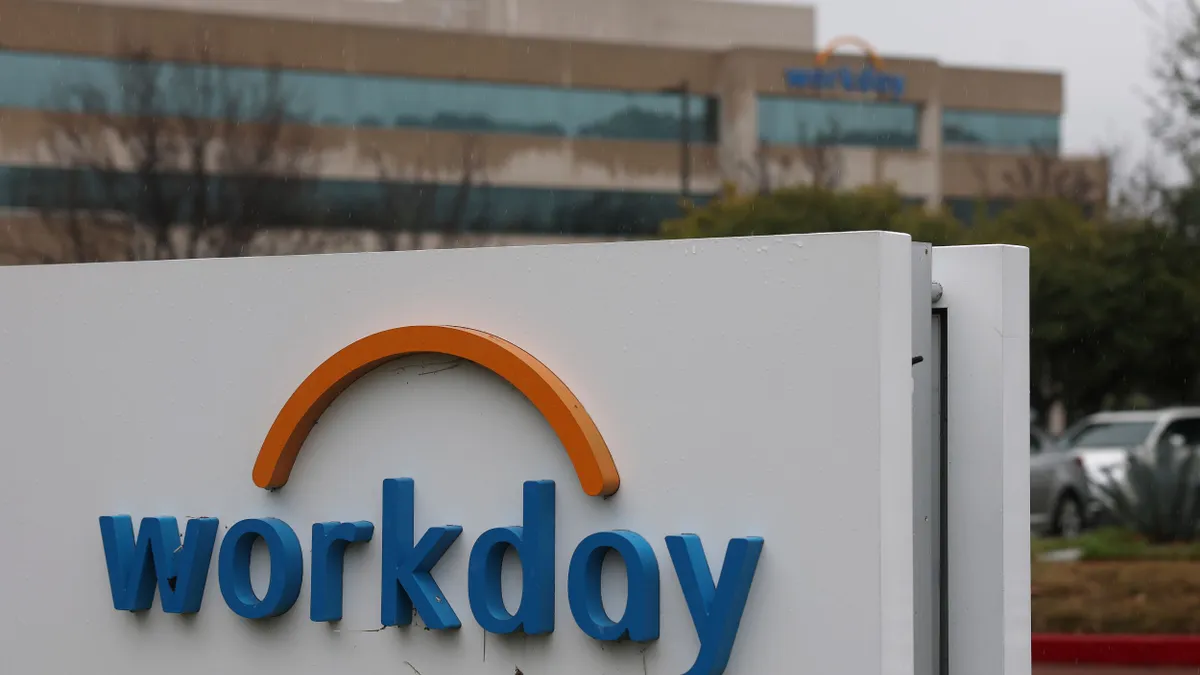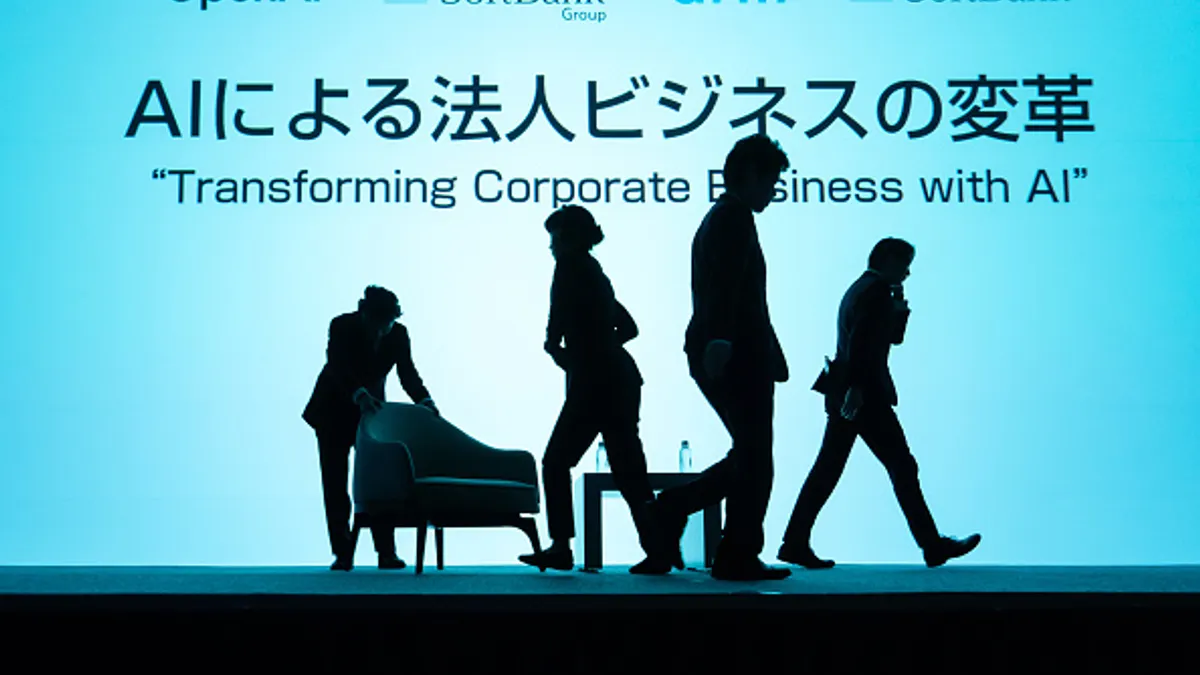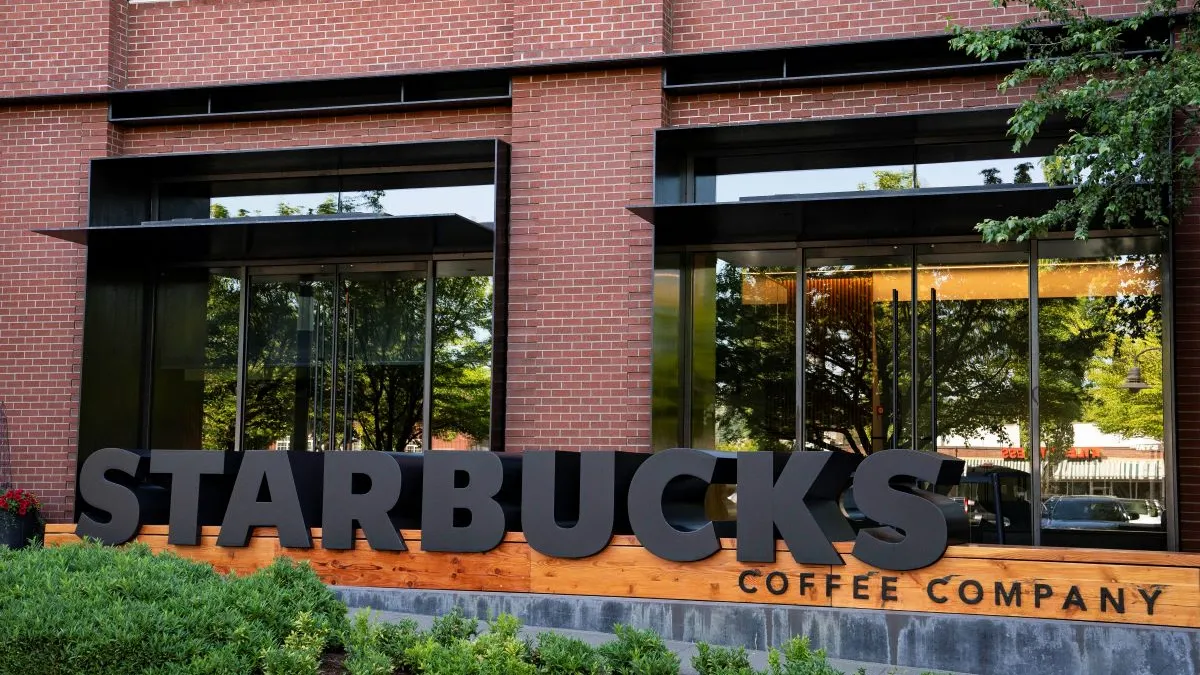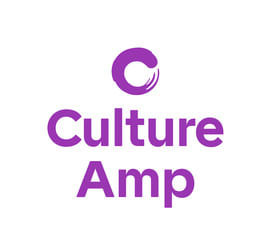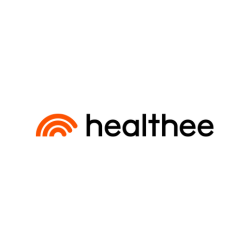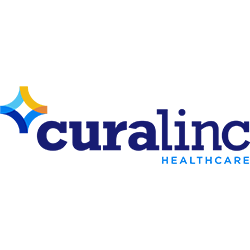It’s been a tumultuous year in the world of human resources, with factors like politics, the economy and technology infusing the talent market with uncertainty.
We asked three HR professionals what they’re seeing as key trends in talent in 2025 so far. Here’s what they said.
AI solutions aren’t living up to their promise, so far
The promise of AI, especially when it comes to increasing productivity, hasn’t been realized, said Emily Rose McRae, senior director analyst at Gartner. For a lot of people, AI solutions have made work worse, especially for high level talent, she said.
Those impacts are more profound for companies that declare themselves AI first. “You hear a lot of execs say...that if AI can’t do it, that’s the only reason I won’t hire someone,” she said. The problem is that AI solutions can usually do one thing, but “how many jobs do we have that are one task? Most of our jobs are a mix of tasks.”
Take email, a use case that’s often pushed as an AI target. “We know there’s not actually a lot of value in having your employees use gen AI tools to write an average email,” she said. There might be a productivity gain if an employee is using generative AI tools plus a bot to automate drafts, “but if we’re just talking ‘I need to write an email,’ most people can write emails. Maybe that’s useful for an entry level hire, but it does not move the needle in terms of activity and performance.”
Gartner found that AI-first policies can make the work experience more fraught for employees. It can cause stress and uncertainty with workers, and that when pushed to use AI, they are often using it performatively, just to say they did. They also found that forcing higher level employees to use AI “actually hurts their productivity,” she said.
Increased demand for training, faster replies from potential hires
CHROs are seeing changes in the demand for education opportunities, as well as hiring practices and applicant interest, said Lisa Roettger, senior executive vice president and CHRO at Manasquan Bank.
The company has long had corporate development opportunities and an education reimbursement program, but demand has “picked up the pace” in 2025,” she said.
The bank also offers student loan repayment, which is an attractive benefit, but education reimbursement has especially become more popular because it allows employees to get accreditations and certificates without continuing to a degree.
“There’s definitely been an uptick in people being more focused on developing their skills to continue to grow, not necessarily within their role but thinking forward,” she said.
When it comes to potential new hires, the bank has changed tactics themselves, including doing more recruitment at college campuses. They also had 17 interns this summer and provided them with their own training on things like how to use LinkedIn and how to write resumes.
The bank has been getting quicker replies from potential hires. While she doesn’t necessarily think it’s not a job seekers market, candidates are not being bombarded with offers in the same way they were before. While Roettger previously may have been following up with applications two or three times or waiting days to get a response, she’s getting responses faster.
The bank also implemented texting through their application portal, which has been “a tremendous asset,” she said. “It’s just amazing to me how quickly you get a response when utilizing the texting function versus email or phone.”
Diversity is still a focus, even if the terms shift
While the current presidential administration has pushed for the end of diversity, equity and inclusion efforts, employers haven’t stopped focusing on inclusivity, experts said.
“We’re definitely still seeing employers that are prioritizing it,” even if the rhetoric has shifted, said Jenni Bedell, practice leader in HR consulting at OneDigital.
How much depends on the company, she said. For those continuing to prioritize it, they’re moving forward because it’s the right thing to do and because it makes a better workforce.
“Who doesn’t want to work in a culture that promotes psychological safety and showing up as your true self at work?” she said.
McRae of Gartner has seen a slight change, from talking about “DEI” to “inclusion,” with clients saying that they “really get benefit from having a diverse workforce,” she said, including in productivity.
Companies have also seen some unexpected benefits from the shift to inclusion, McRae added. For example, where a particular mentorship program might have been originally designed for members of a historically marginalized group, opening it up to “anyone who can write an essay about how lack of mentorship has harmed their career, regardless of background” means that a company might have a more targeted impact for workers who may not have had access to mentorship before.







